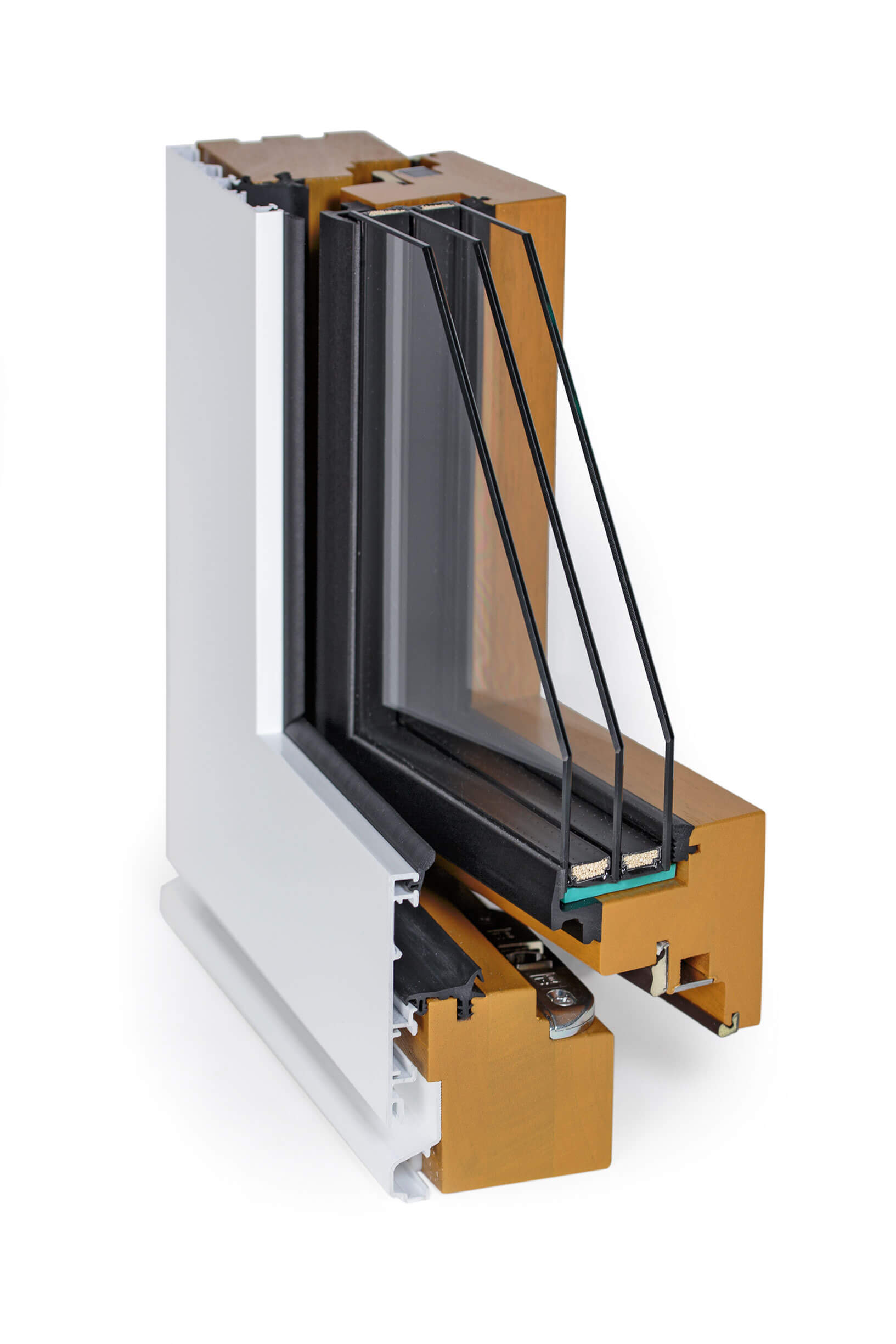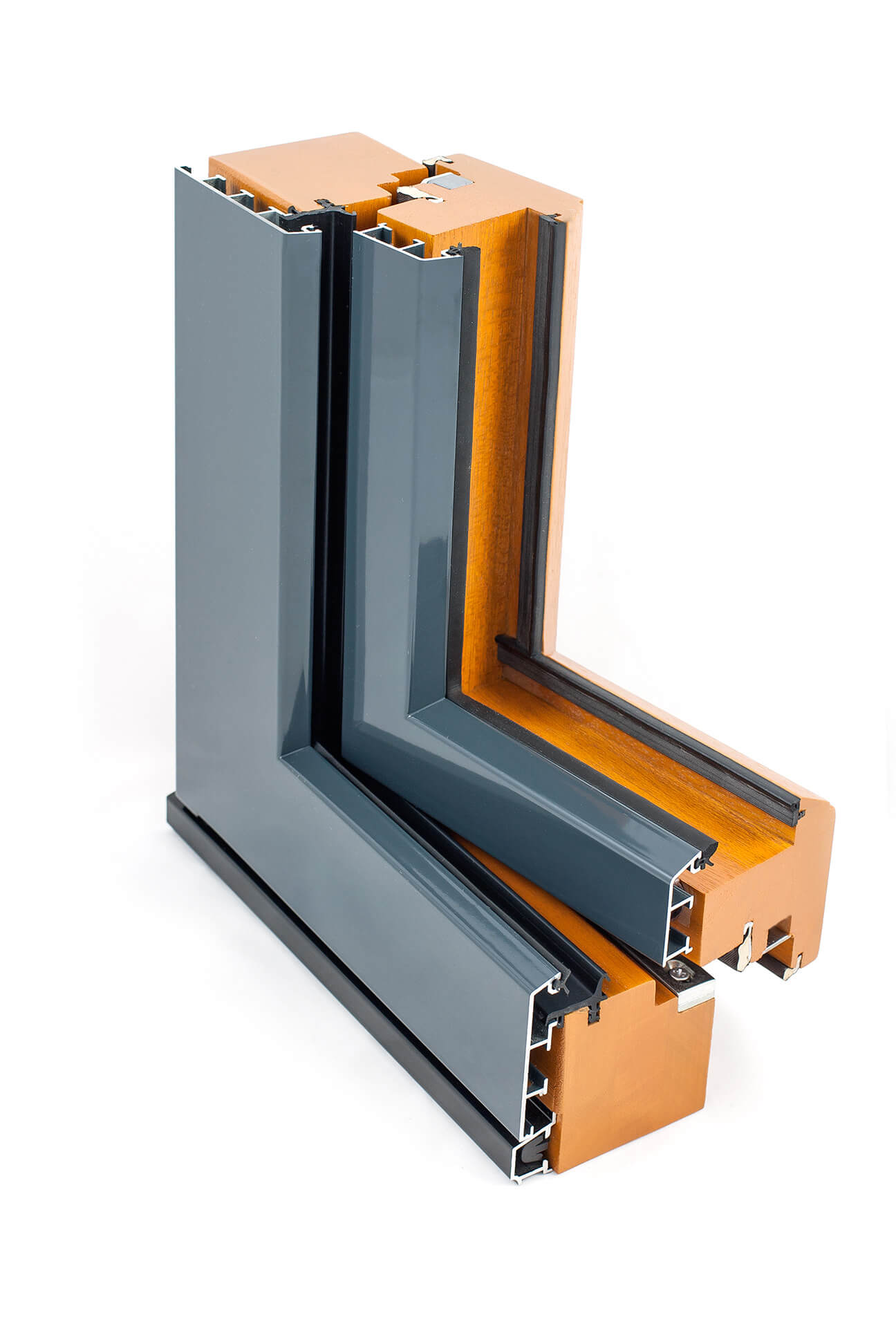Choosing Windows: What’s Important?
Originally, when I was carrying out my first self build, I spent a great deal of time looking at the different windows I could use in my project. I was somewhat bewildered at the amount of choice available, and the variety of product was also huge. Since I came from a background of engineering, I was clued up. But still, it was all a bit confusing.
I started to research the different manufacturers and products to work out, in my own mind, what was important. Choosing windows was not easy, but it was one of the biggest decisions of my build. I used the self-build forums and Youtube in particular, which uncovered some horror stories of the manufacturers I THOUGHT looked good.
I started to read all of the information on the self-build forums, and read some of the very good books on self build. ‘Building your Own Home’ by David Snell and Mark Brinkley’s quite technical ‘Housebuilder’s Bible’ were both excellent resources. I was starting to get a handle on how to judge the quality of a window: it was a big part of my budget, so I didn’t want to make a bad mistake.
Here are my own personal top 3 criteria which I discovered to be critical. I’ll be talking more about German Windows, and why I then went on to set up Enlightened Windows. But it’s mainly because I couldn’t find the quality I was looking for. I had to go to another country to find what I wanted.
1. It’s all about the Frame
The performance of most windows is largely determined by what is going on in the frame. It’s true that there are double, triple and even quadruple glazed sealed units – with different gasses and spacer bars. And yes, they do make a difference. Most window manufacturers are buying-in sealed units from other manufacturers. If they are using one of the large sealed unit manufacturers, they all have the same kind of options and similar quality. If you look at Pilkington or Saint Gobain, they are very similar in terms of quality and options. Glass is also quite cheap these days, so the bulk of the cost of your windows will probably be determined by what kind of frame you choose and the components that are in it.
2. Seals and Airtightness
If choosing windows, you should be looking for multiple seals, with a final weather seal of butyl rubber. These features will make sure your window airtightness is good. We all know only too well that the British Isles is a windy place and often rain goes sideways. When the wind does blow, it creates pressure on your windows, which will leak if the seal between the frame and the opener is not in strong compression.
A typical 20 year old window will leak a lot of air into a building – mainly because fittings wear or rust. Furthermore, seals deteriorate; as 20 year old material science is nowhere near as good as modern materials. Windows of this age often leak most of their energy by lack of airtightness. Many European windows use a substantial frame, to ensure that multiple layers of seals can be fitted into the window and thus improve airtightness. German Windows are almost all tilt and turn because of the substantial frame to opener interface. This allows good compression of seals, a good mating surface and plenty of space to fit in lots of seals.
When you look at a new window sample for the product you are looking at: check to see how well the seals meet on the window corners. It sounds obvious, but often you will find the seals don’t meet. Gap = not airtight = may-as-well not have bothered replacing windows. Avoid plastic or the shiny rubberised plastic seals, as they degrade quickly. Many windows have a designed life cycle, which coincidentally is just over the manufacturers guarantee period.
Take a look at some of frame examples and see the butyl rubber external seal. This is the same material used as pond liners, and lasts for decades in a window frame without loss of elasticity.
3. Engineering in the frame
When choosing windows, look for multiple chambers or metal reinforcement in plastic frames. Multi-chambers are often best, as they trap air or are filled with foam. The window is then naturally insulating, rigid and also burglar resistant.
If you’re looking at wooden or composite windows, top quality frames are made using heat-treated and laminated timber. 6 laminations is the ideal. Cheaper windows will claim to have both. But often you will find they have two laminations of timber, poorer grades of timber, finger joints in the frame surface and/or knots in the wood surface.
Finger jointing is a technique which allows the manufacturer to use lower grade timber, cut out the knots and defects and reduce cost of materials. This is a sign of a product which has a lower cost of manufacture. Make sure you look into the type of wood used as a base, as it’s not necessarily a sign of a no-go area. Windows that contain 90%+ high density heartwood often achieve this by finger-jointing.
With composite aluminium-clad timber products, take a look and see if the aluminium is simply a clipped-on rain screen or an integral part of the frame. One is not necessarily better than the other, but it’s imperative that you know which version will or won’t work with your home. If you’re intending to render or mastic directly up to your windows, a simple rain screen is not designed to cope with this.
6 Key Things You Should Know About Windows
What do I need to know when Buying Windows?
Contact us!
For any questions about our products and services, or to get your quote,
please get in touch by phone, email, or using our in-browser contact form!
Leamington: 01926 935 607
London: 0203 633 0476
E-mail : sales@enlightenedwindows.co.uk
Contact Form: Contact Us














